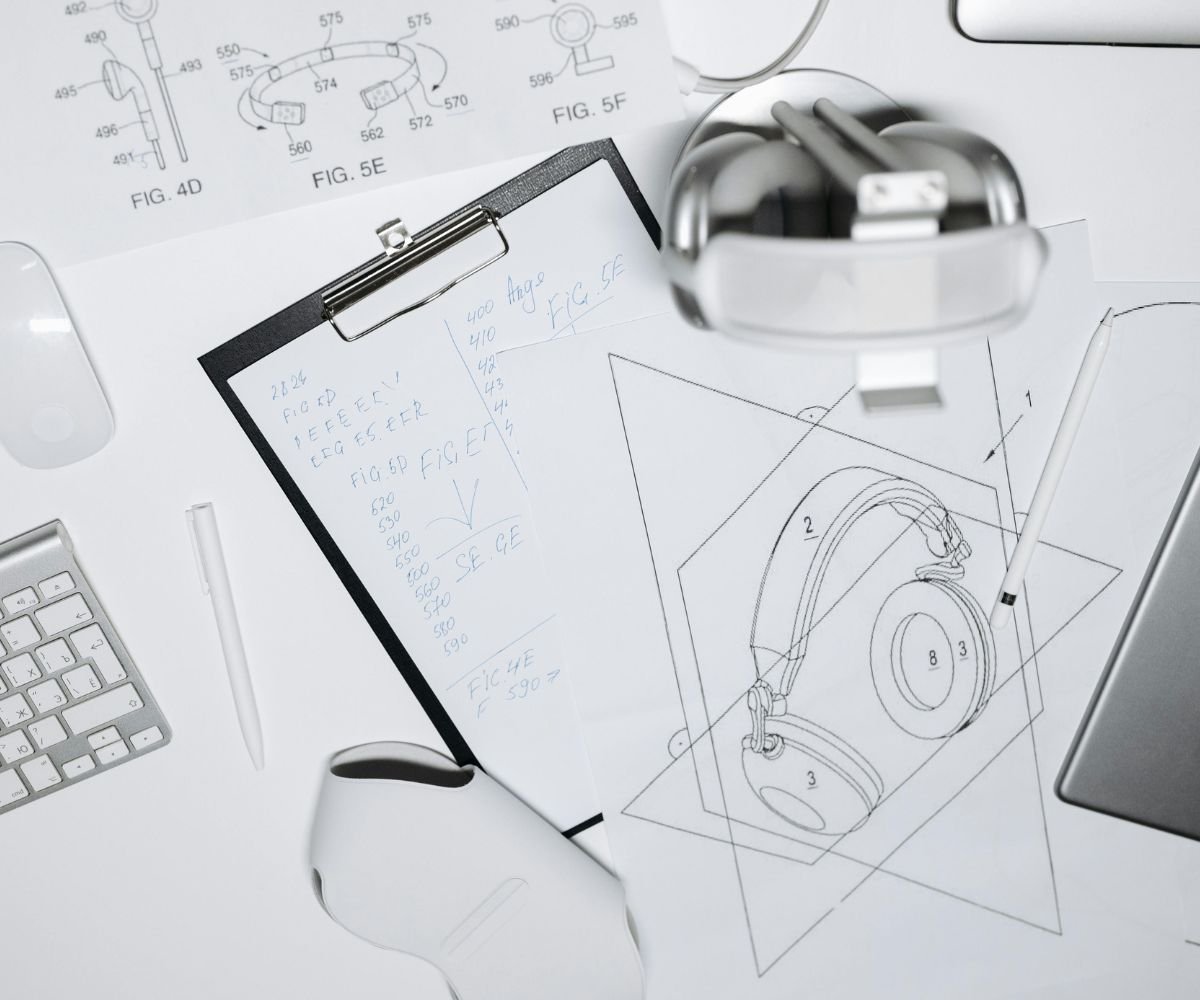Understanding Patent Drawings: Types and Requirements

Patent Drawings are one of the most crucial elements while filing a patent application for an invention. A patent drawing objective is to provide the visual representation of the invention while complementing the written description. A well drafted and illustrated patent drawing can help to enhance the clarity of a patent application making it easier for the patent examiner to identify and understand the invention and its working. This in turns increase the chances multi fold of getting the patent approval, thus safeguarding your invention.
Patent drawings are the technical illustration of the invention that showcase how an invention works, what are its working elements, and the design and structure of the product. A patent drawing is required to be filed while filing a patent application to the relevant patent offices around the world. Every patent office around the world has their respective set of rules, regulation and guidelines. While the specific requirement of these patent offices may slightly vary from country to country, there are some common standards that apply to all the patent drawings globally. These guidelines ensure that patent illustrations are clear, accurate, and consistent, making it easier for patent examiners and the public to understand the invention.
A well drafted and illustrated patent drawing can be a make-or-break factor in getting the patent protection from the patent officers.
These drawings can cover a wide range of subjects, from mechanical devices to chemical compositions, and are integral to both utility and design patent applications.
When it comes to patent drawings, there are different kinds of it. Each type of patent drawing has a different purpose to serve. While one type of patent drawings can be used to show the function and working elements of the invention the other kind of patent drawing can be used to show the design and ornamental feature of the invention.
Different types of Patent Drawings are used to depict different functions & elements of inventions.
Following are the types of Patent Drawings:
When submitting a patent drawing to the patent officer for approval, following requirements should be met:
It is important for any inventor or patent applicant to understand the nuances of patent drawings. With the right kind of knowledge and professional support, you can ensure that your patent drawings meet all the compliances which are set by major patent offices around the world including that of USPTO, EPO, JPO etc. The more clear and comprehensive your drawings, the greater is the chance of getting the approval of patent officer.
Patent Drawings are often rejected by the patent officers because of their non-compliance with the stringent rules and regulations set by the patent offices. When filing a patent application it is imperative that the drawings must adhere and comply with all the guidelines related technicality, precision and clarity to patent drawings submission.
Most frequent issues which often leads to rejection of the patent applications are:
In order to reduce your chances of rejection and to make sure that your drawings are PTO compliant, it is important to keep an eye on the following elements:
Aspect | Details |
| Required Views | Include multiple perspectives (e.g., front, back, side, top, bottom), with exploded or sectional views as needed for complex designs. |
| Line Work Precision | Ensure crisp, uniform lines with no breaks. Use solid lines for claimed parts and dashed lines for non-claimed elements shown for context. |
| Shading and Surface Treatment | Apply shading only for clarity of contours; use hatching for cross-sectional views. Use black and white only unless color is required. |
| Numbering and Labeling | Maintain consistent numbering across all drawings and match labels with the written description. Avoid excessive or overlapping labels. |
| File Format and Resolution | Use PTO-required formats (e.g., PDF or TIFF) with high resolution (300 DPI or higher). Ensure images are scalable without losing clarity. |
| Dimensions and Proportions | Accurately represent all components with correct proportions and scale to reflect the invention’s realistic appearance, especially in assemblies. |
| Non-Essential Elements | Remove decorative or background elements. Focus only on functional aspects to avoid examiner confusion. |
| Document Formatting | Follow PTO margin, border, and page numbering guidelines. Maintain consistent formatting to prevent examiner comments or delays. |
| Software Recommendations | Use professional software like AutoCAD, CorelDRAW, Adobe Illustrator, or SolidWorks for precision and compliance with required formats. |
| Professional Assistance | Consider a patent illustrator to ensure compliance with PTO standards, reducing rejection risk and ensuring a smooth application process. |
For expert assistance in creating compliant and precise patent drawings, contact The Patent Experts today and take the next step in protecting your innovation.
© 2025 The Patent Expert's All Rights Reserve
Made with ♥ by Website99